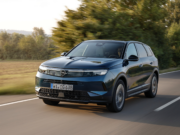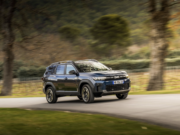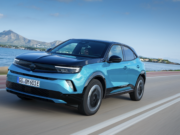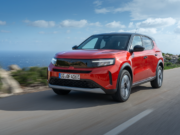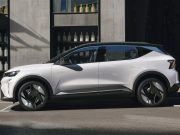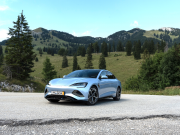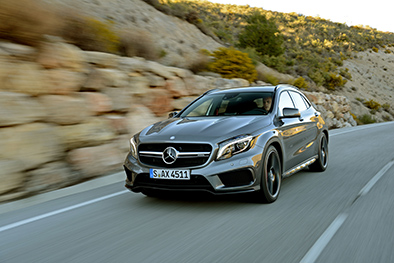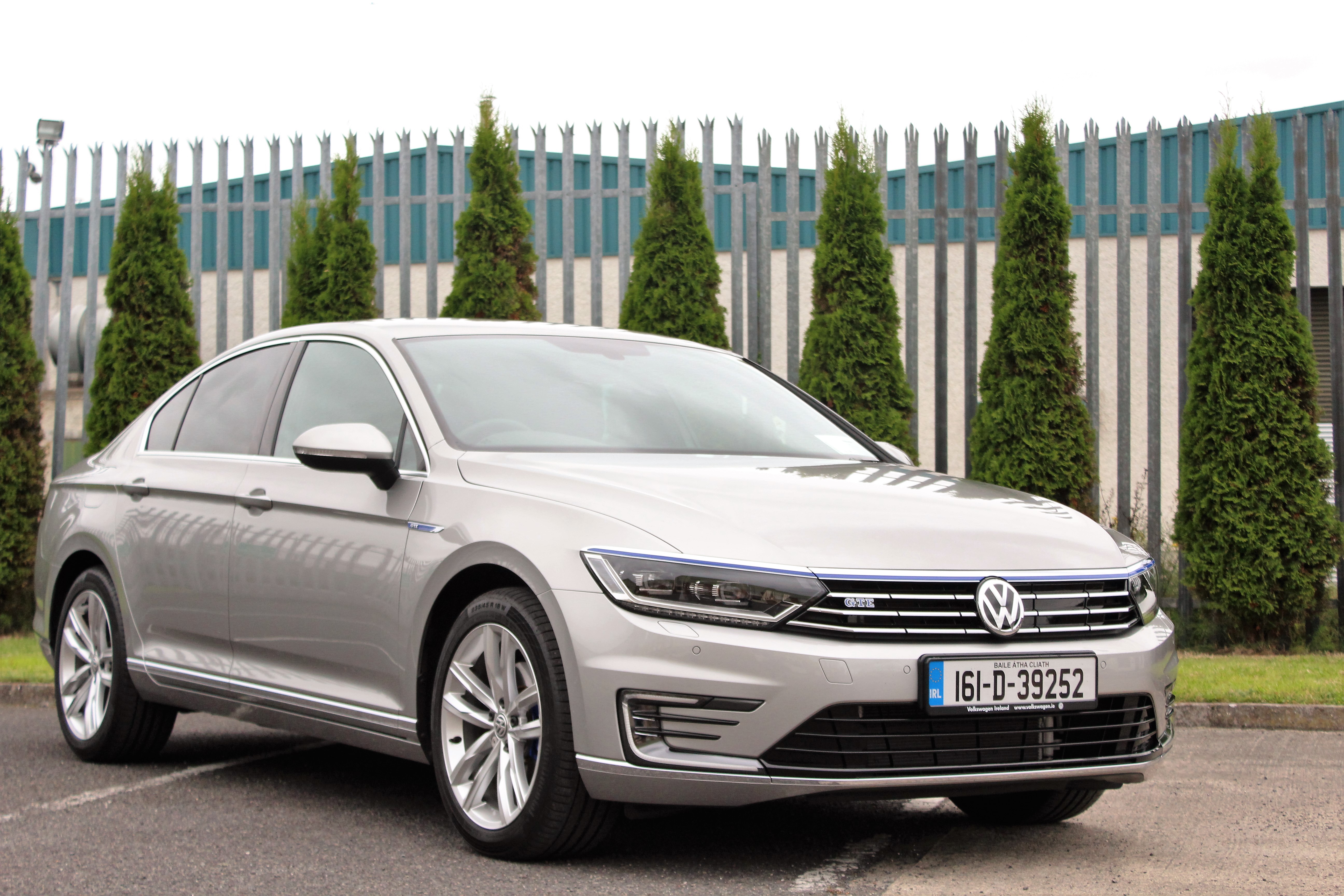
The big question which must be asked is if the Volkswagen Passat GTE can offer real world savings that will justify the price tag of driving this Plug-in Hybrid Electric Vehicle (PHEV).
We originally saw the introduction of the GTE badge with the launch of the Golf GTE. The GTI and GTD have both been very successful for Volkswagen from a performance perspective so it makes sense that the brand would attempt to extract similar performance from a combination of a petrol engine and electric motor. In theory this should work a treat, shouldn’t it?
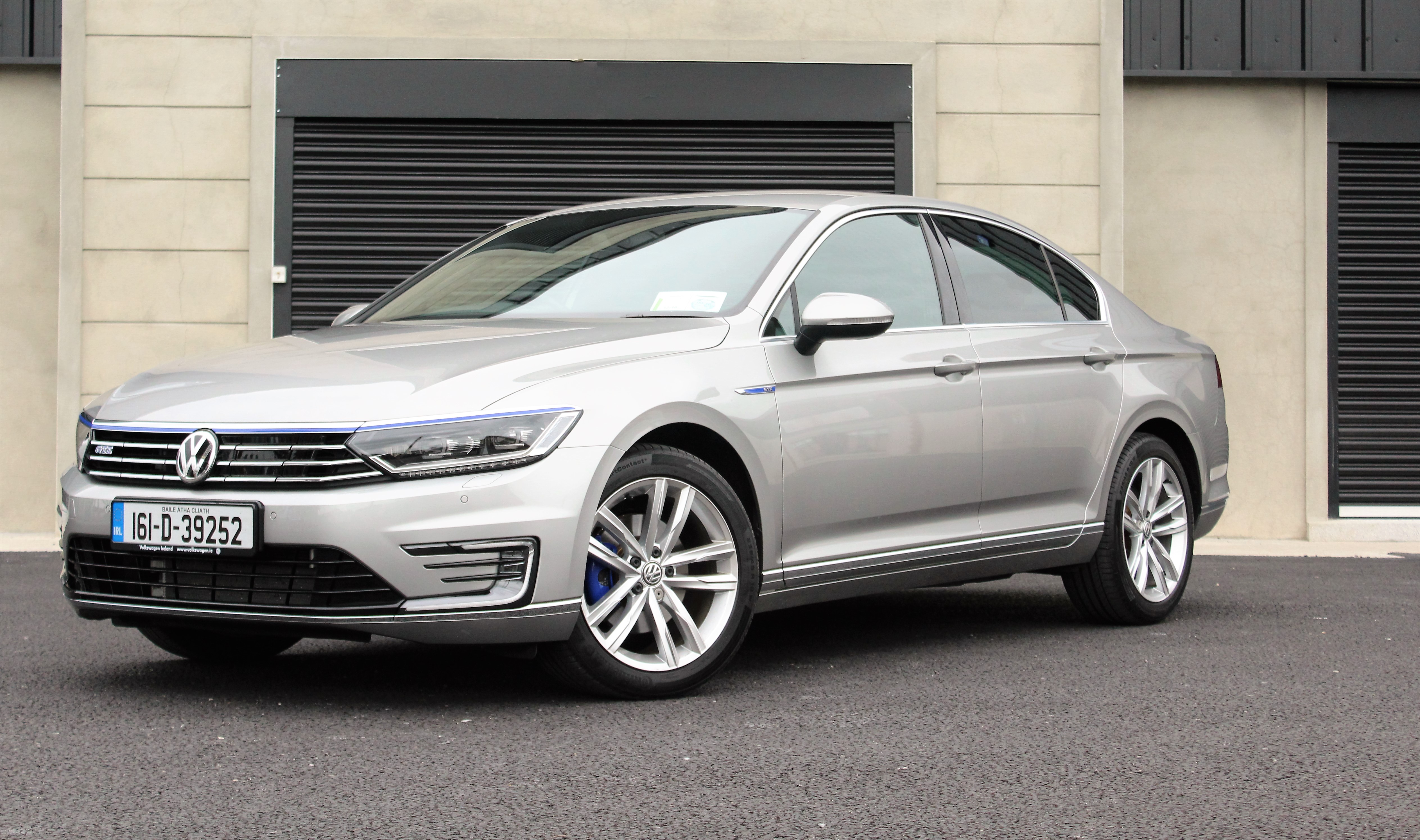
Hybrid cars can be very hard to judge when it comes to real world savings. Some of them are just a gimmick that need to be constantly plugged into the mains to get your monies worth out of them and then there are others that do exactly what they say on the tin. The Passat GTE is the latter. I will be the first to admit that having had a few bad hybrid experiences before, I was sceptical from the start. Does it really do what others say it can do.
First things first, what exactly is it? The Volkswagen Passat GTE is a combination of a 1.4 TSI petrol engine with a power output of 156 BHP along with an e-motor which when combined with the petrol engine can offer 218 bhp along with a maximum torque of 400Nm. Believe me when I say that with this amount of torque it has not issues getting off the line!
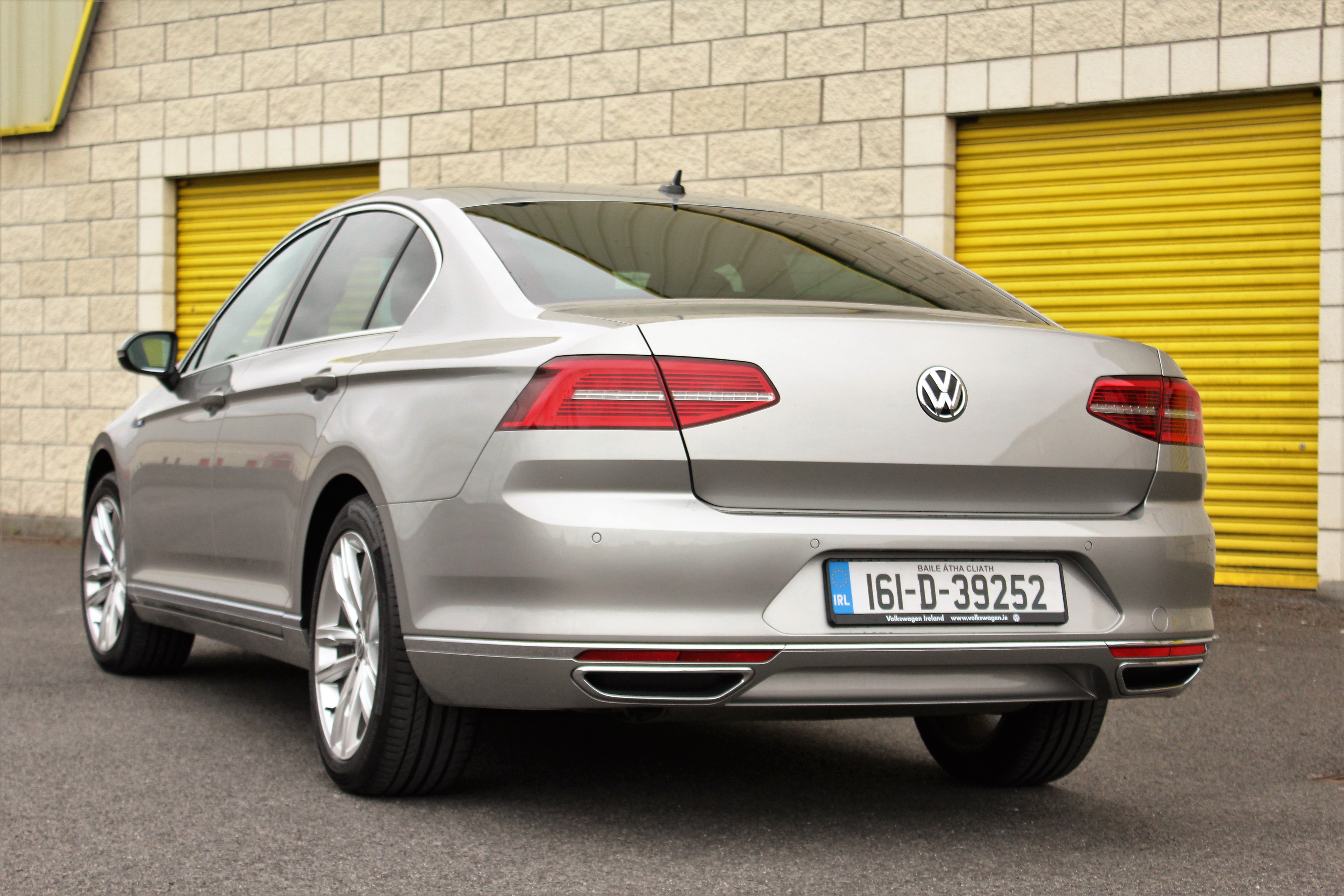
From the outside, subtle changes have been made to set the GTE apart from the standard Passat. You will notice that the brake callipers have been finished in blue as well as the addition of a blue trim line which runs from headlight to headlight across the chrome finished grille. Similar to the Golf GTE and the E-Golf the Passat GTE inherits the C shaped LED daytime running lights which set it apart from the standard models also. When you sit inside you will be greeted with the expected high level of finish that you would expect. With the exception of the blue ambient lighting and the GTE button you would be forgiven for thinking that you are just in a normal Passat.
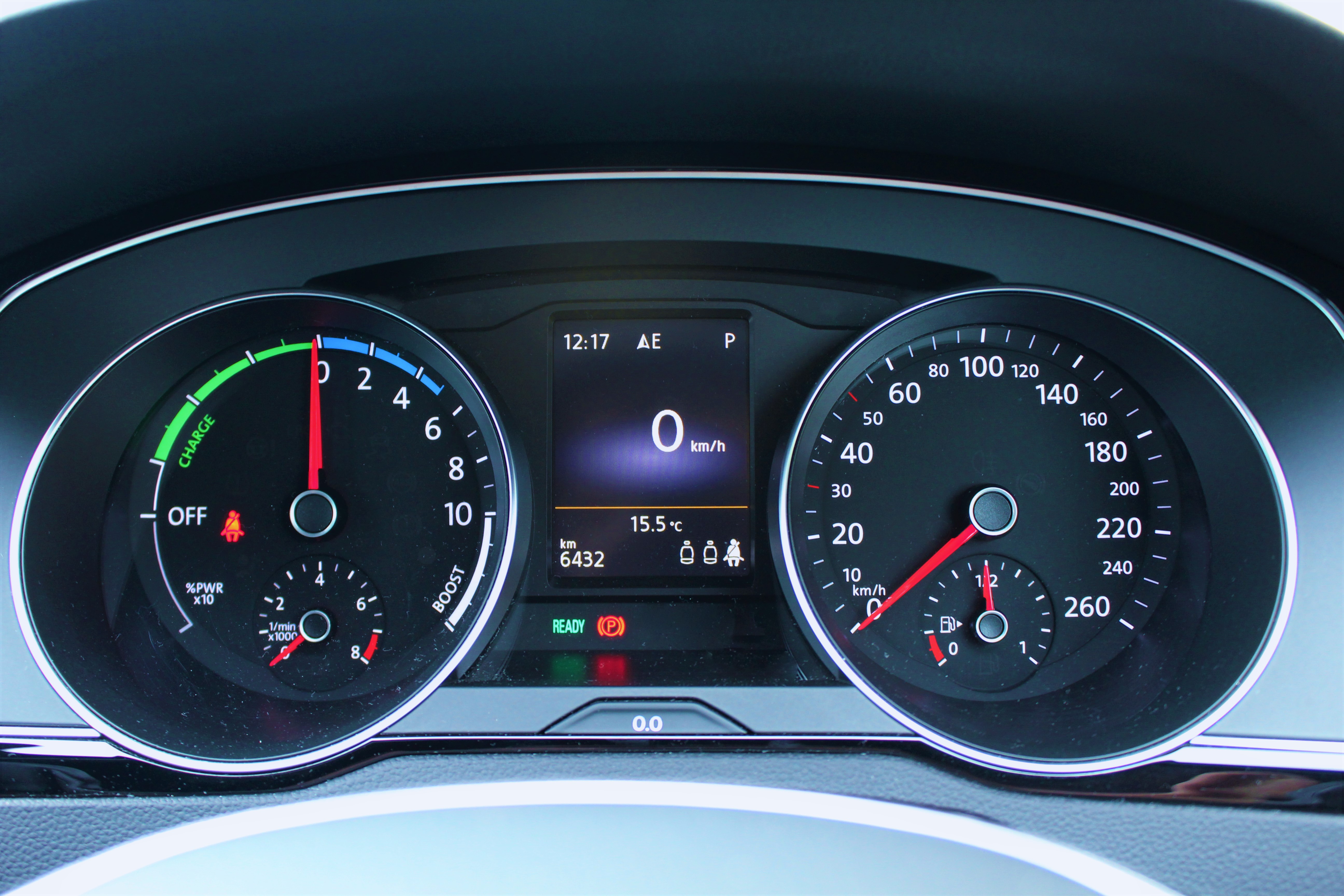
The space on the interior is as you would expect in any Passat. The standard seating as per my test model was finished in a Titan black and blue weave cloth which continues the blue trim of the GTE brand. This blue stitching is continued throughout the leather multifunction steering wheel and the leather gear selector. The gear selector itself carries the GTE emblem as does the steering wheel. Whilst the interior space seems unaffected by the introduction of the e-motor, boot space does suffer reducing from 586 litres to 402 litres with the rear seats up. This expands to 968 litres with the rear seats folded down compared with 1,152 litres in the standard Passat. It is a compromise but the boot of the Passat GTE still offers reasonable space where a buggy and the weekly shop will fit in comfortably.
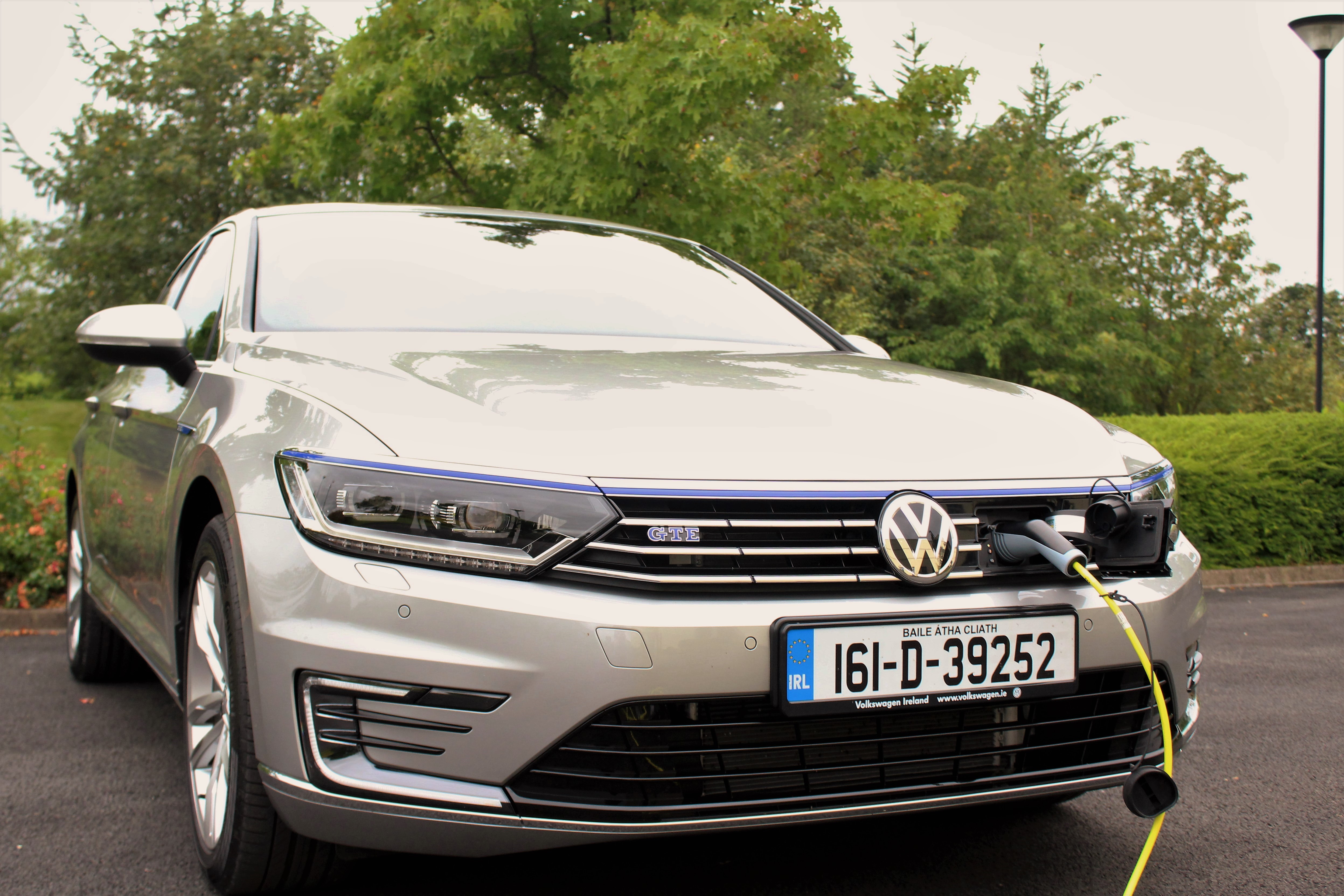
The different driving modes are controlled through the GTE button located beside the gear selector and also through the 6.5-inch touch screen. You can choose between full electric mode, hybrid mode or charging mode. You can also select GTE mode which provides maximum power from both the e-motor and the petrol power plant. Taking off in fully electric mode the silence is the first thing that will catch your attention. It is no slouch either as when you press down on the accelerator the Passat GTE will leave others wondering just what is going on. With a full charge the electric motor will provide approximately 50 kilometres of driving. Thankfully I had the opportunity to put this to the test and to see just how beneficial the hybrid Passat really is. Having charged it on a Tuesday night at my own house with the use of the three pin plug, I then drove it on short runs in and out of the local town along with a longer spin on the Thursday. This is what impressed me most, I got a day and half of driving albeit shorter spins but never needed to rely on the petrol engine. Granted I did need to do longer runs and this is where the hybrid and charging modes came in but on days where longer drives were not required you can survive on electric power alone. This could offer huge savings in the long run and you can see then where the average combined consumption is figured out from. In realistic figures I was probably closer to 3.8 litres per 100 kilometres but it is still impressive given the real world figures which are currently being released.
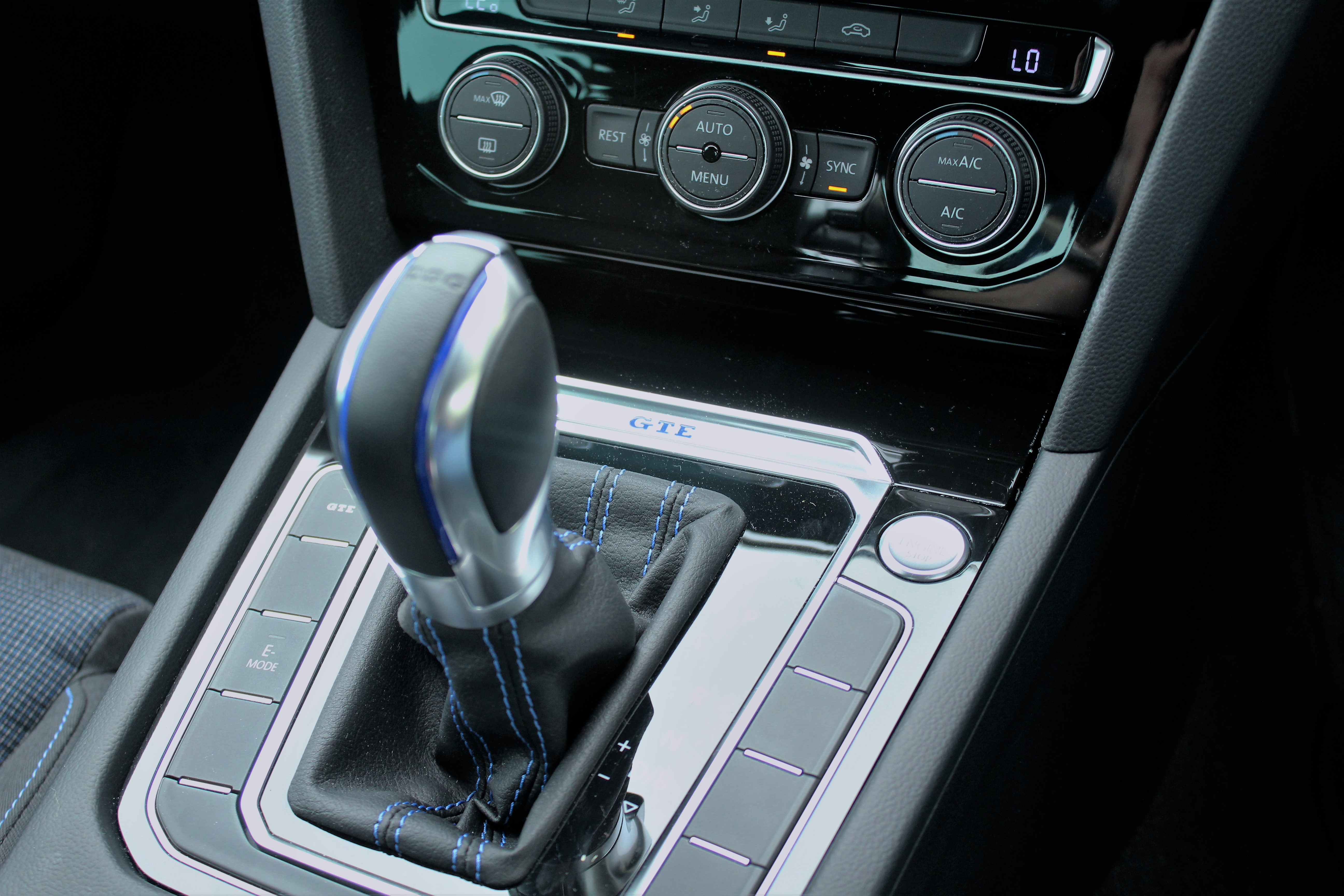
In hybrid mode both e-motor and petrol engine work in harmony and you would barely notice the change between the two whilst in charging mode the petrol engine runs whilst recharging the batteries for the e-motor albeit effecting the fuel economy figures. Where the fun kicks in however is in GTE mode. If I am honest it doesn’t feel as much fun as say the GTI or GTD but it does deliver an impressive amount of power and is perfectly paired with the DSG transmission. The Passat GTE handles as you would expect the Passat to handle and in GTE mode you get increased throttle response and better weighting in the steering.
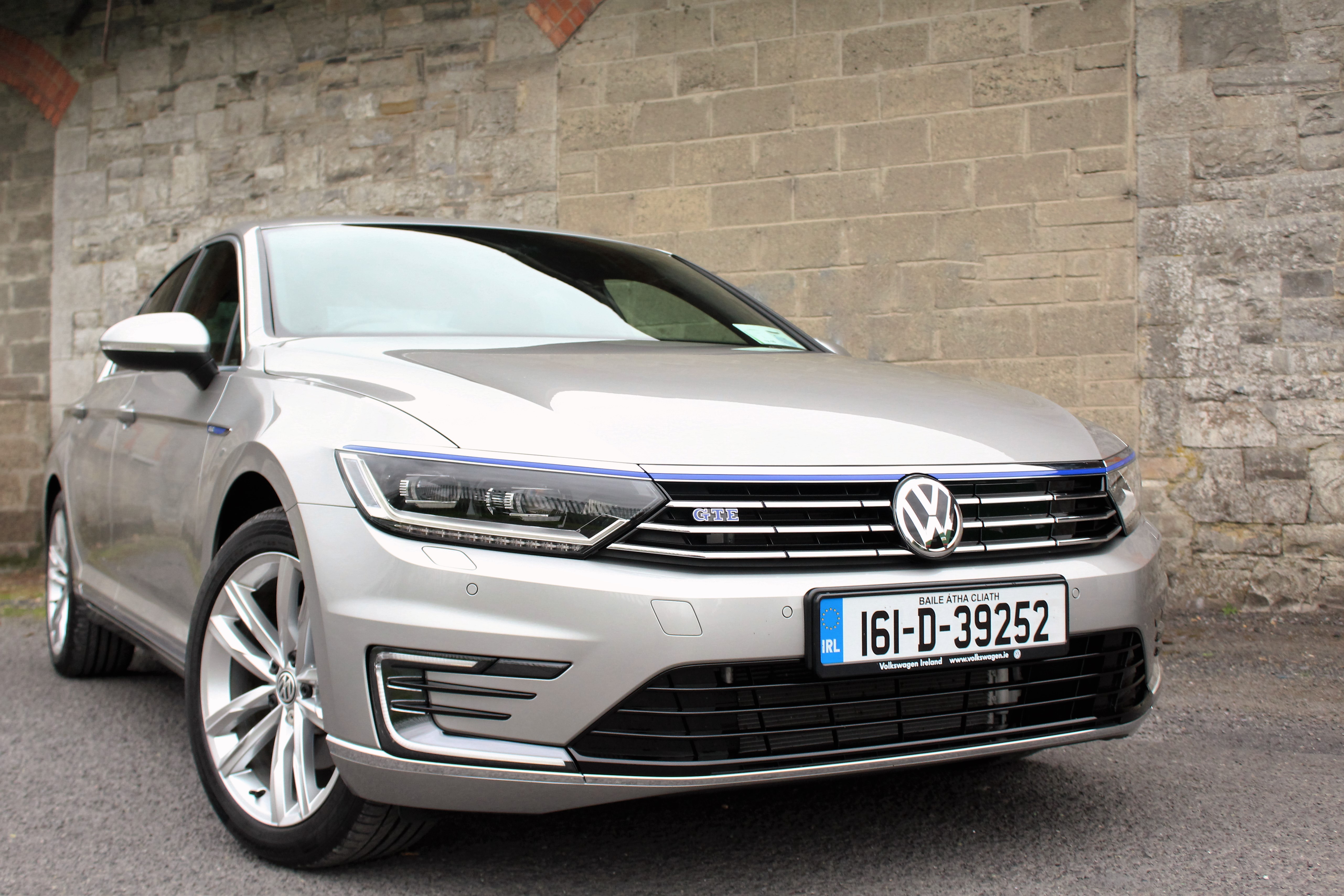
Essentially the Volkswagen Passat GTE has the ability to offer a car that when charged fully will allow for electric only shorter daily journeys and still has the ability to switch to petrol mode for the longer family trips. Use it in the way that it is designed by charging it when you can and when it requires it and you will notice savings in your pocket while still have a stylish family saloon.
Technical Specification
Engine Size – 1.4 TSI PHEV
Fuel Type – Petrol and e-motor
Power – 218 bhp (combined)
Torque – 400 Nm (combined)
Acceleration (0 – 100km/h) – 7.4 seconds
Top Speed – 225 km/hour
Consumption Combined – 1.7 litres / 100 kilometres
CO2 Emissions – 39g/ km
Road Tax – €170
Base Price – €41,565
Model Tested – €45,117 including optional extras
(Prices include €5,000 SEAI grant plus €2,500 VRT rebate)



